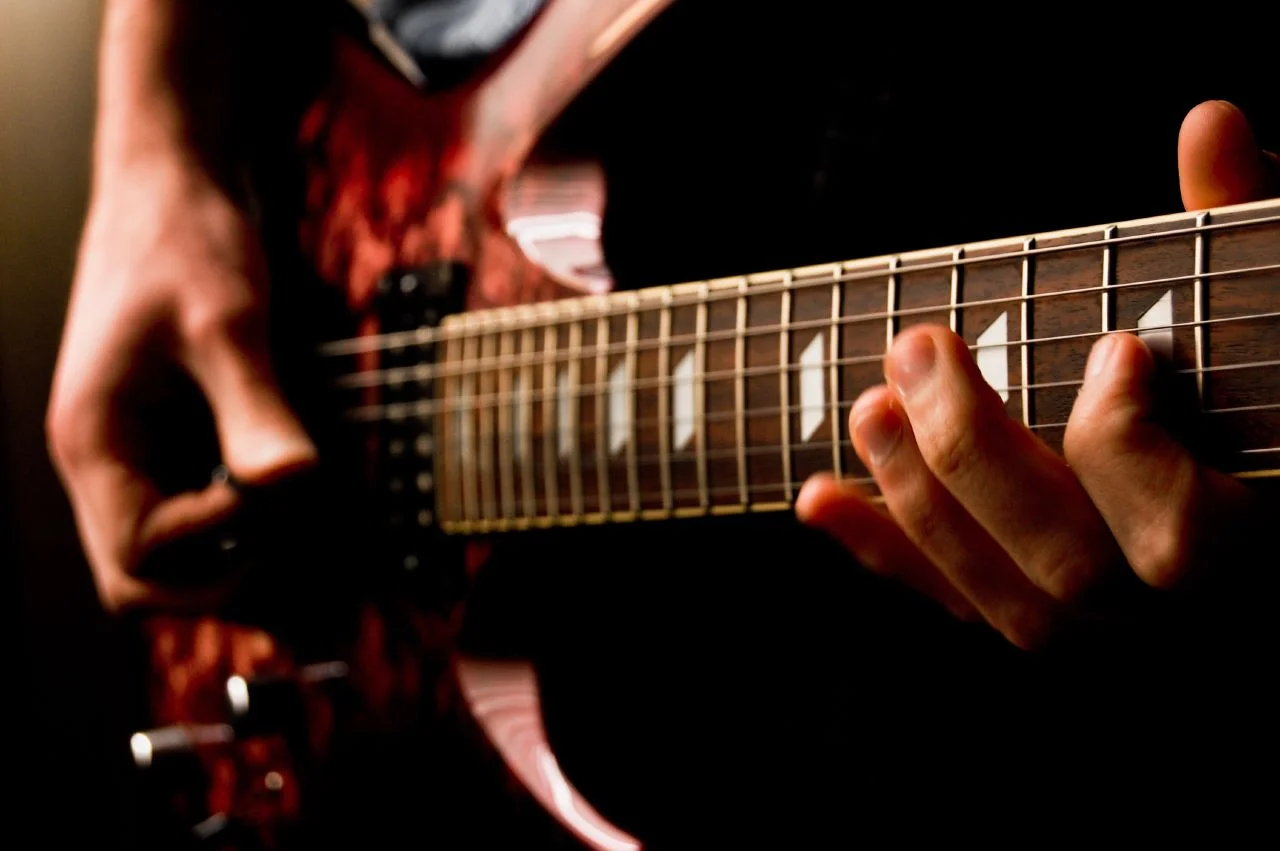By Connor Ritchie
The guitar is a unique template for delivering music and has a resounding role in the canon of popular and classical music. This is common knowledge. However, how do we know that the guitar will stay relevant and stand the test of time? Even though it is one of the few polyphonic (multiple musical voices occurring simultaneously) solo instruments, it simply does not have the same level of command of many different voices that the piano does. So why is the guitar revered at all, if this is the case? There are many arguments to counter this question, but there is one that often does not get considered – the classical guitar is a master at manipulating tone color. The location and delivery of the stroke of a finger has such a large effect on the overall sound of the guitar that a player can immediately evoke a completely fresh and new atmosphere from just one shift of the hand.
For example – let’s say you’re playing a bold theme to an uplifting solo piece. You are probably going to want a bright, piercing sound. In this case, you are probably going to err on the side of playing too close to the bridge (also known as ‘ponticello’). The string has much more resistance down there and thus provides much more clarity, at the expense of being a bit abrasive and nasal-sounding at times. This is often the tone we hear from beginners, as it is far easier to control the strings while picking near the bridge.
Now, let’s say the theme has been established and you are now looking for a smooth, resonant, and flowing sound for the next period. Sharp tone suddenly matters much less and will need to take a backseat in favor of a ‘flow’, rather than ‘attack’. The hand will naturally need to shift closer to the sound-hole, where the string will more liberally bend with the motion of the finger, granting a softer and more serene sound. By changing your style, you have taken the audience to a different place altogether.
By the way, a similar effect can be achieved by playing a pitch in a different place on the fretboard. The guitar can produce the exact same musical phrase on many different locations on the neck. In example, an open ‘b’ on the second string is also achievable by playing the fourth fret on the third string. Or the ninth fret of the fourth string. This goes on-and-on until you run out of frets! Playing on a different string is going to produce a different tone and give off a very different ‘vibe’, for lack of a better word.
Now that you have shifted to a new timbre, you are essentially entering a new sentence of conversation in your music! A new chapter, even, if it is a drastic enough change. Realistically, all you have had to do to generate that effect is move your right hand or shift to a different position with your left. That’s it. While there are other more complex ways of changing tone color, the effort needed to change the register of the instrument is so small that many performing guitarists are often changing their sounds and keeping things interesting on a constant basis, leaving behind some very memorable performances. Not only that, but there are so many different ways of producing tone on the guitar that even young students have the ability to put their own interpretations—their own mark—on anything that they might play, right from the get-go!

